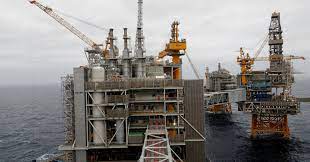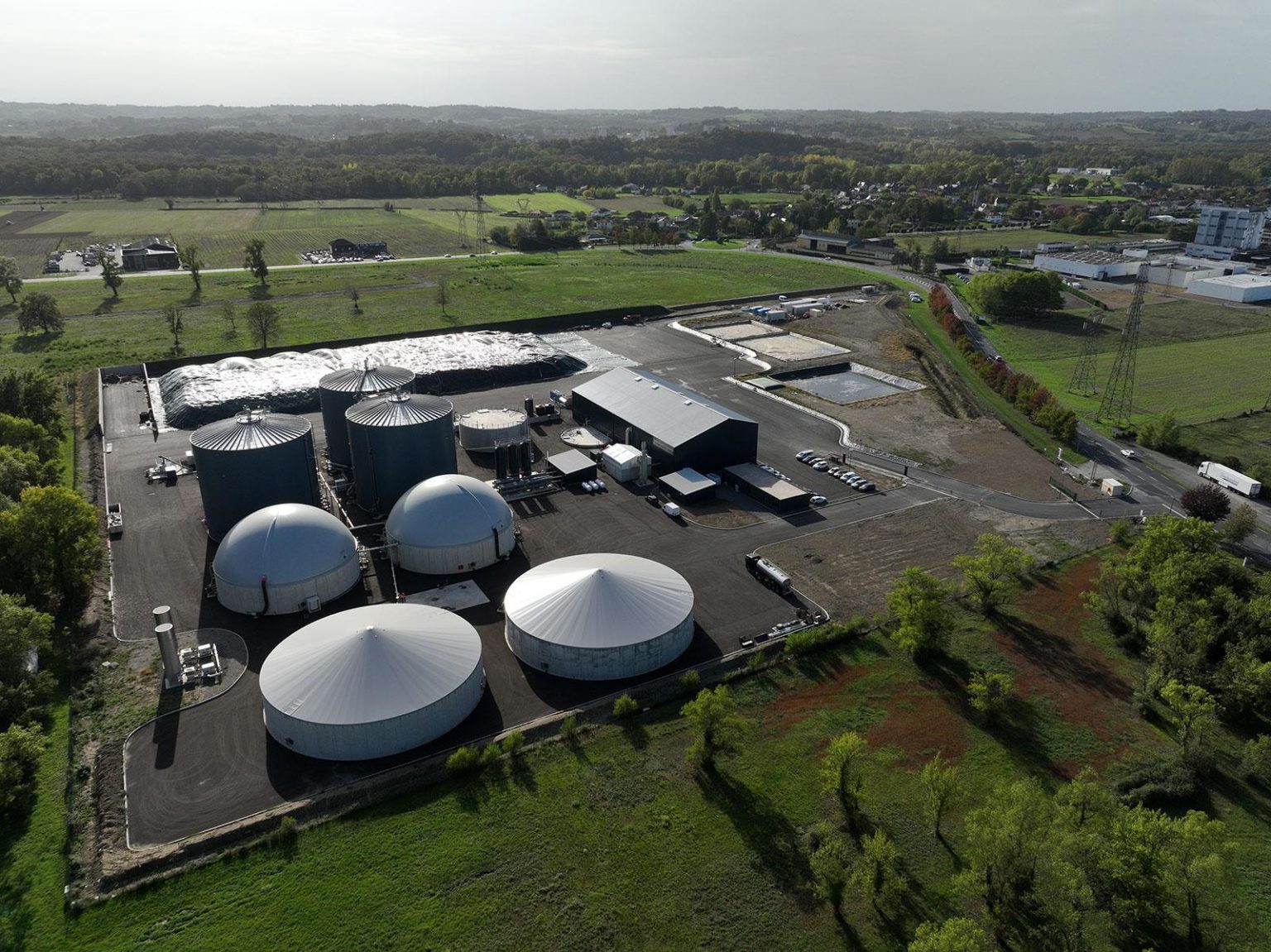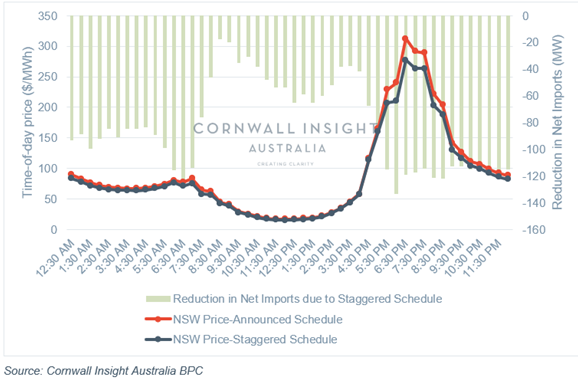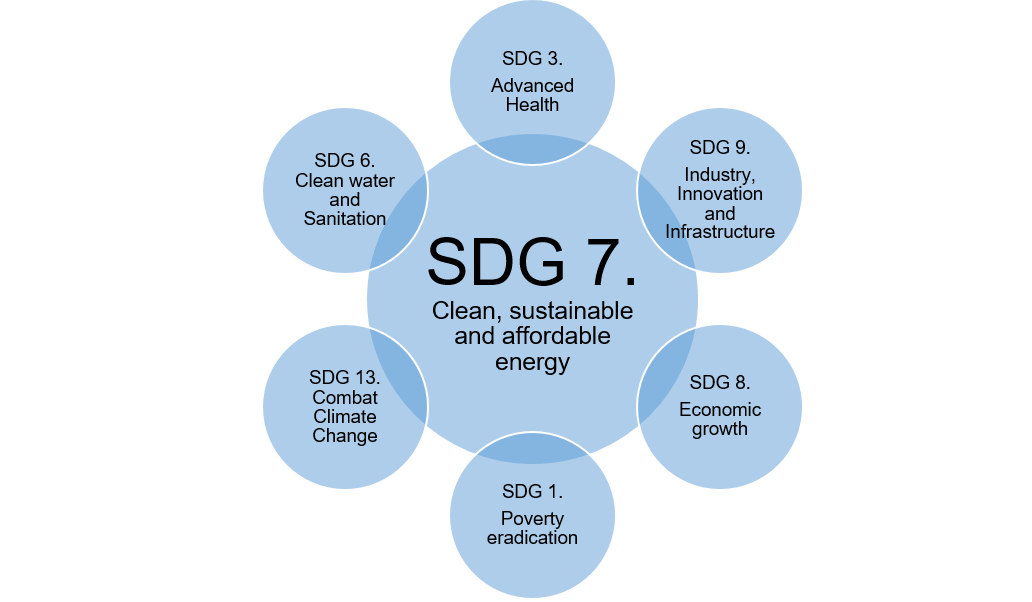Production has only one way to go: down
"I think it's almost a guarantee that this year it will certainly lose that position," Emirates NBD commodity analyst Edward Bell told CNBC, referring to the United States. "And it might happen probably a lot faster than we anticipate."
IHS Markit's Daniel Yergin also expects that U.S. oil production to swing from growth to decline this year on the significant slump in oil demand caused mostly by the coronavirus outbreak that has so far infected more than 700,000 people globally.
"We see in this coming month of April what could be a 20 million barrel a day decline in oil demand. It's unprecedented," Yergin told CNBC. "That's six times larger than the biggest downturn during the financial crisis period."
Earlier this month, Vitol's chief executive Russell Hardy told Bloomberg that he expected the outbreak to pressure demand by between 15 and 20 million barrels daily at its height. This demand loss is about one-fifth of the oil the world consumed before the crisis hit. West Texas Intermediate is trading at around $20 a barrel, down from over $50 a barrel earlier this year. In many parts of the U.S., oil wells are increasingly becoming uneconomical. In fact, many regional oil grades are already trading at below $20 a barrel or even below $10. This means well shut-ins may be the next step after idling rigs and cutting spending plans.
Some 44 drilling rigs were idled last week, according to Baker Hughes' weekly update. On an annual basis, last week's rig count was 278 rigs lower than the count last year - the largest weekly rig count drop since early 2016.
Meanwhile, everyone from the small shale independents to the heavyweights are revising their spending plans for the year. Some are even asking oilfield service providers for hefty discounts in a repeat of the 2014-2016 crisis when the situation was better than today's because back then, demand was its usual growing self.
Now it has been crippled by the pandemic, and it's about to get worse.
In the past few days, there have been reports that storage space is filling up - not just in the U.S., but globally. Yet the problem is more acute in the United States because of the higher production costs compared with, say, Saudi Arabia. Earlier this week, a Texas Railroad Commissioner even said pipeline operators in the oil state had asked some producers to stop pumping oil because available storage space was growing scarce.
Meanwhile, Saudi Arabia has just announced that it plans to export 10.6 million bpd next month. This is up from about 7 million bpd this month, so it is quite a substantial increase. Besides that, the Kingdom plans to boost production to over 13 million bpd. Some expect it to overtake the U.S. as the world's largest producer of the commodity in a couple of years. Does it matter?
It seems that some industry observers and government officials in the U.S. insist on the top spot for its own sake. However, nobody is giving badges for how much oil a country can produce. While size may translate to energy security, the U.S. is still a large importer of crude oil - even if it last year became a net exporter of oil and refined products.
Maybe the time has come to ask whether it is that important to be number one for the sake of being number one, or whether it might be wiser to become more resilient to market shocks even at the expense of losing the top spot. A country doesn't need to be the largest oil producer to be able to swing markets. It only needs to be a large enough producer.







